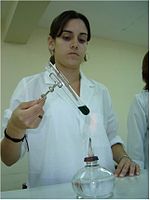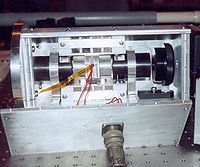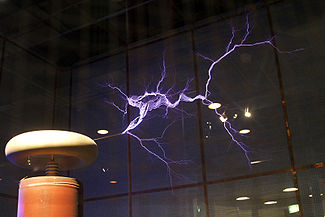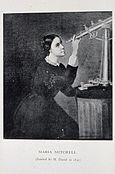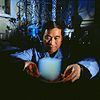
Portal:Science
Science is a methodical study of nature that forms testable explanations and predictions. An older and closely related meaning still in use today is that found for example in Aristotle, whereby "science" refers to the body of reliable knowledge itself, of the type that can be logically and rationally explained (see "History and etymology" section below).
Since classical antiquity science as a type of knowledge was closely linked to philosophy. In the early modern era the two words, "science" and "philosophy", were sometimes used interchangeably in the English language. By the 17th century, "natural philosophy" (which is today called " natural science") had begun to be considered separately from "philosophy" in general. However, "science" continued to be used in a broad sense denoting reliable knowledge about a topic, in the same way it is still used in modern terms such as library science or political science.
In modern use, "science" is a term which more often refers to a way of pursuing knowledge, and not the knowledge itself. It is often treated as synonymous with ‘natural and physical science’, and thus restricted to those branches of study that relate to the phenomena of the material universe and their laws, sometimes with implied exclusion of pure mathematics. This is now the dominant sense in ordinary use. This narrower sense of "science" developed as a part of science became a distinct enterprise of defining " laws of nature", based on early examples such as Kepler's laws, Galileo's laws, and Newton's laws of motion. In this period it became more common to refer to natural philosophy as "natural science". Over the course of the 19th century, the word "science" became increasingly associated with the disciplined study of the natural world including physics, chemistry, geology and biology. This sometimes left the study of human thought and society in a linguistic limbo, which was resolved by classifying these areas of academic study as social science. Similarly, several other major areas of disciplined study and knowledge exist today under the general rubric of "science", such as formal science and applied science.
| More about Science... |
Selected article
The three major types of atomic line filters are absorption-re-emission ALFs, Faraday filters and Voigt filters. Absorption-re-emission filters were the first type developed, and so are commonly called simply "atomic line filters"; the other two types are usually referred to specifically as "Faraday filters" or "Voigt filters". Atomic line filters use different mechanisms and designs for different applications, but the same basic strategy is always employed: by taking advantage of the narrow lines of absorption or resonance in a metallic vapor, a specific frequency of light bypasses a series of filters that block all other light.
Selected picture
A Tesla coil is a category of disruptive discharge transformer coils, named after their inventor, Nikola Tesla. Tesla coils are composed of coupled resonant electric circuits. Nikola Tesla actually experimented with a large variety of coils and configurations, so it is difficult to describe a specific mode of construction that will meet the wants of those who ask about "Tesla" coils. "Early coils" and "later coils" vary in configuration and setup. Tesla coils in general are very popular devices among high-voltage enthusiasts.
Selected biography
Her parents were Quakers who, unconventionally for their time, insisted on giving her the same quality of education that boys received. She worked as a librarian and also pursued astronomy at her father's observatory.
Using a telescope, she discovered "Miss Mitchell's Comet" (Comet 1847 VI, modern designation is C/1847 T1) in the autumn of 1847. Some years previously, King Frederick VI of Denmark had established gold medal prizes to each discoverer of a "telescopic comet" (too faint to be seen with the naked eye). The prize was to be awarded to the "first discoverer" of each such comet (note that comets are often independently discovered by more than one person). She duly won one of these prizes, and this gave her worldwide fame, since the only previous woman to discover a comet had been Caroline Herschel.
Did you know...
- ...that silica aerogel (pictured) holds 15 entries in the Guinness Book of Records for material properties, including best insulator and lowest-density solid?
- ...that acoustic levitation is a method for suspending matter in a fluid by using acoustic radiation pressure from intense sound waves in the medium?
- ...that the genus Entomocorus includes a catfish species that lives only one year?
- ...that a successful experimental system must be stable and reproducible enough for scientists to make sense of the system's behaviour, but unpredictable enough that it can produce useful results?
- ...that Abbott Lawrence Rotch established the Blue Hill Meteorological Observatory in 1885, which maintains the longest-running meteorological record of any observation site in the United States?

